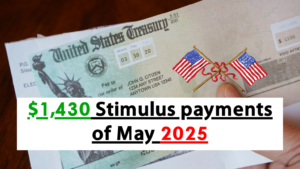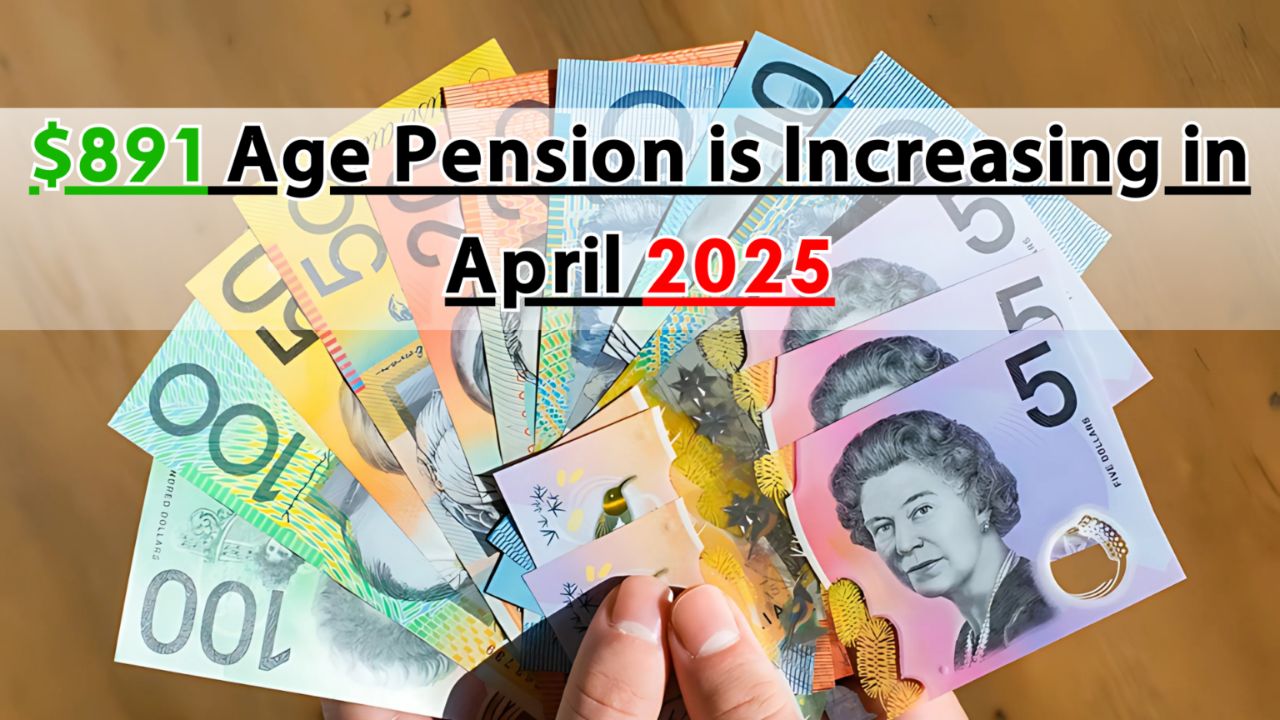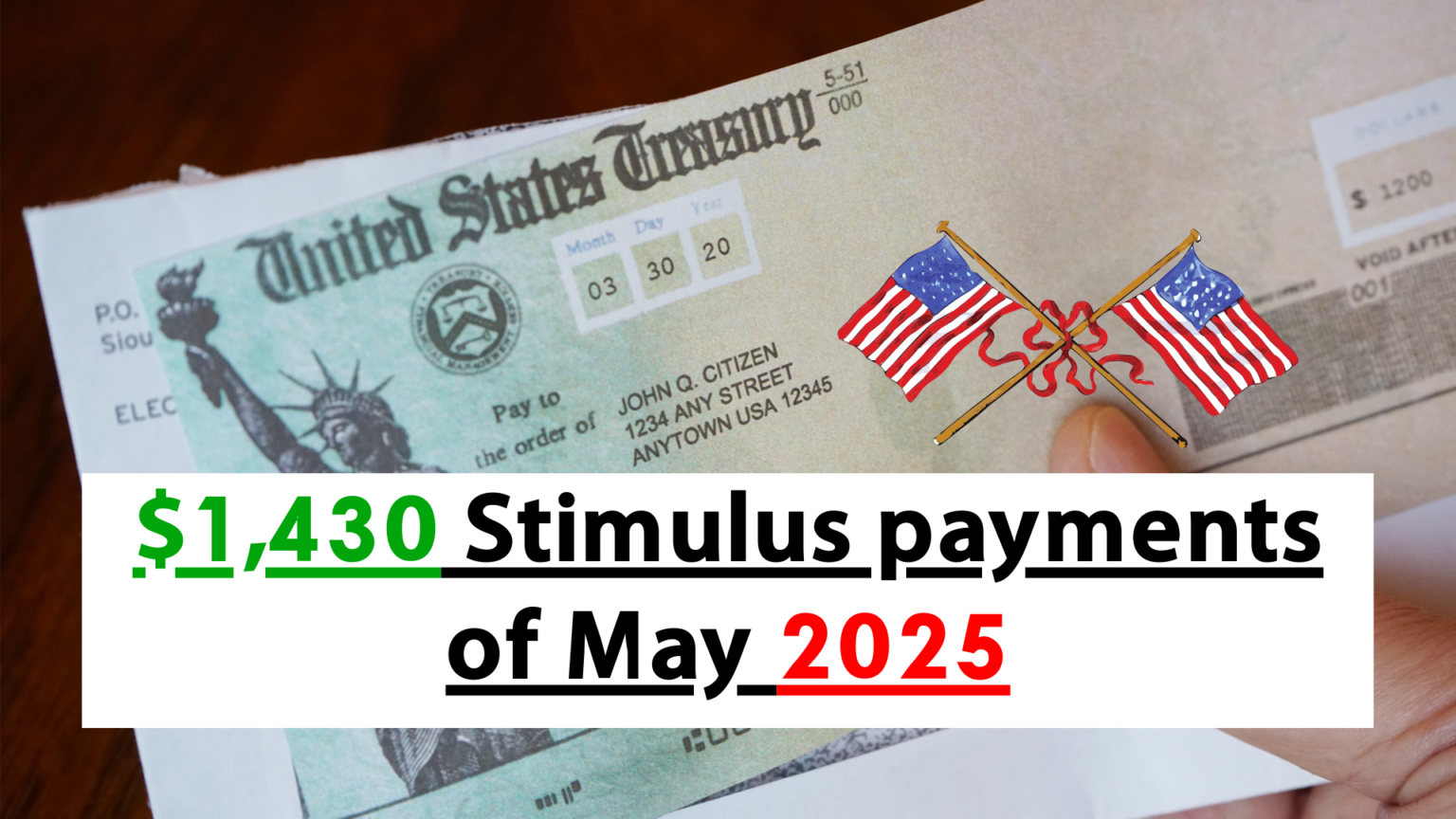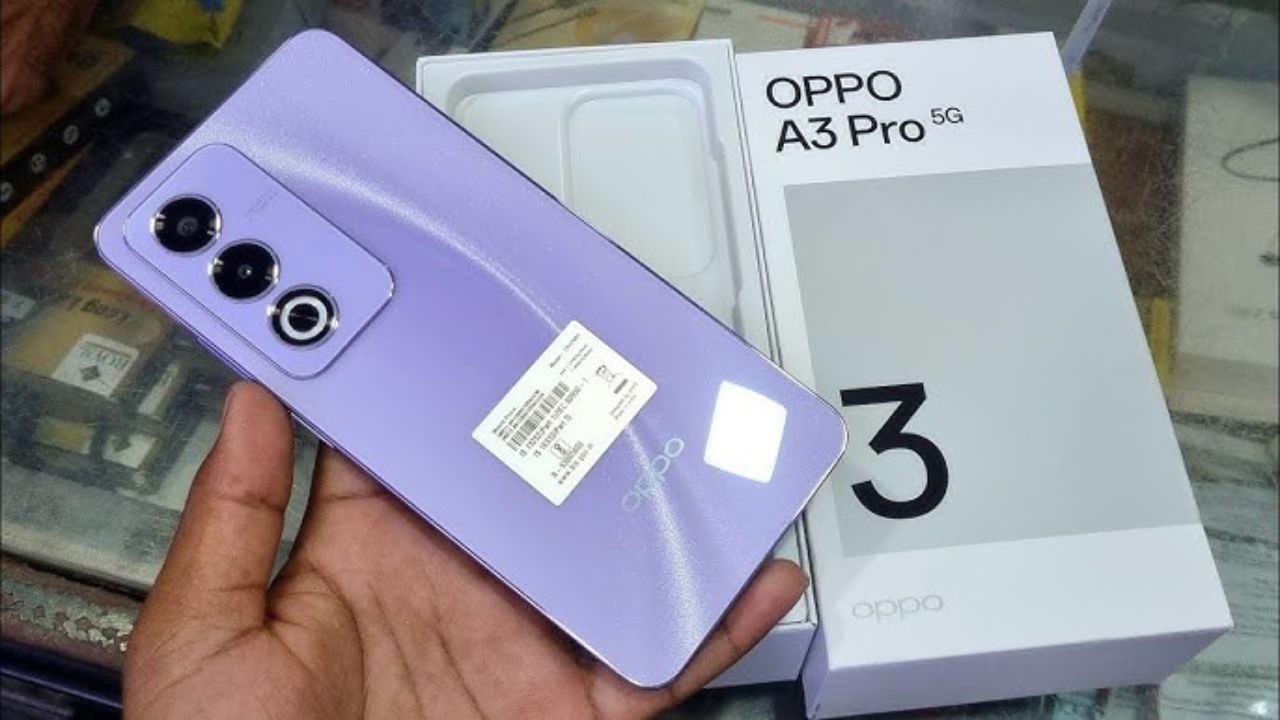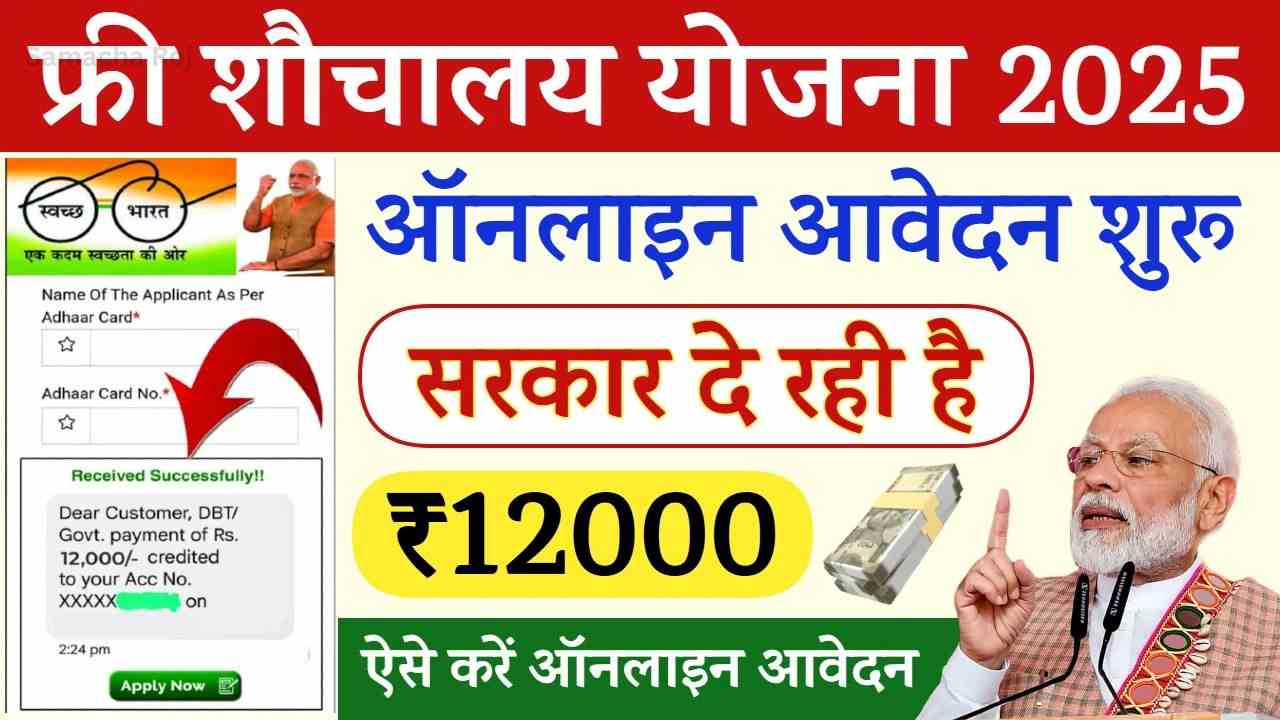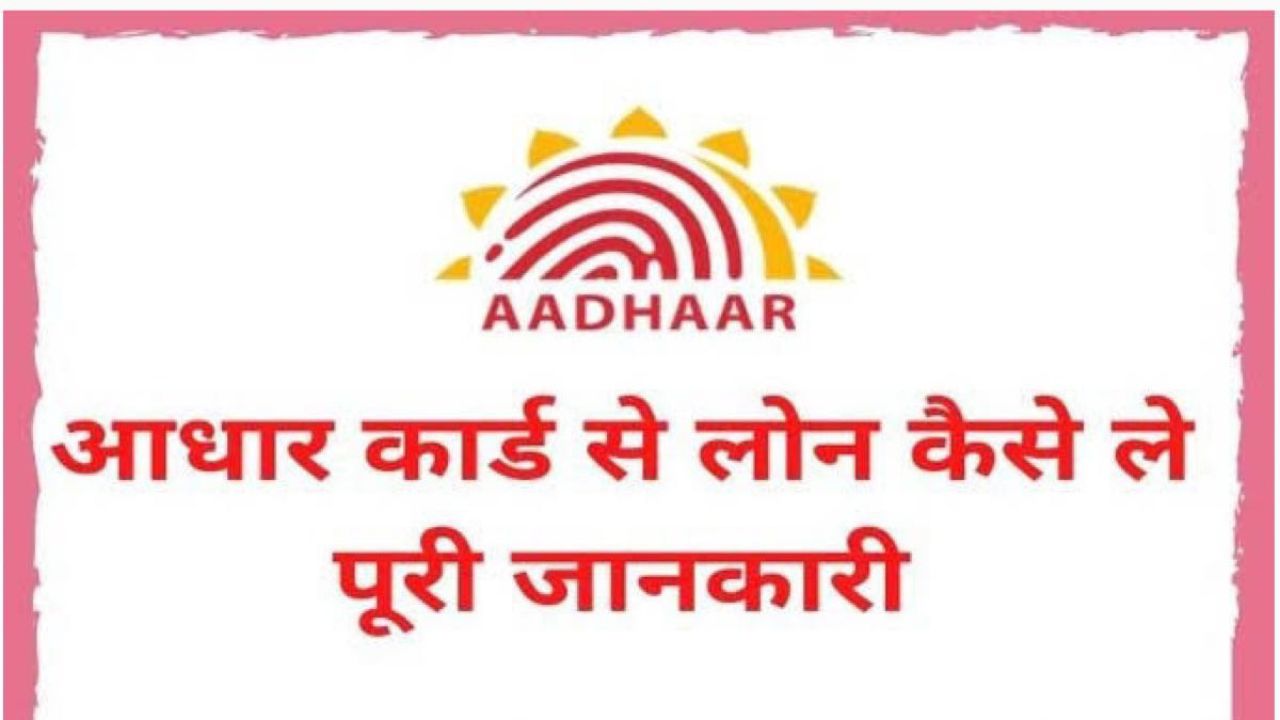Imagine this: You and your spouse are sitting at the kitchen table, sipping coffee, and crunching numbers to make ends meet. Groceries are getting pricier every month, and you’re wondering how to stretch your budget without sacrificing healthy meals. Then, you hear about the Supplemental Nutrition Assistance Program (SNAP) offering up to $536 per month for couples in 2025. Could this be the lifeline you need? Let’s dive into what this payment is all about, who qualifies, and how you can check your eligibility today. Spoiler: It’s easier than you might think!
What Is SNAP, and Why Does It Matter for Couples?
SNAP, once known as food stamps, is a federal program run by the U.S. Department of Agriculture (USDA) to help low-income households buy nutritious food. For married couples or two-member households, the maximum monthly benefit in 2025 can reach $536—over $6,400 a year in tax-free support. That’s real money to put toward groceries, freeing up cash for rent, bills, or even a rare date night.
Why does this matter? Food insecurity affects millions of Americans, including working couples who earn too little to keep up with rising costs. According to the USDA, over 41 million people relied on SNAP in 2024, and that number isn’t shrinking. For couples juggling jobs, retirement, or unexpected hardships, this program can be a game-changer.
The $536 SNAP Payment – Breaking It Down
So, what does $536 look like in real life? For a two-person household, this is the maximum monthly SNAP benefit as of October 1, 2024, adjusted for 2025’s cost-of-living increase. It’s loaded onto an Electronic Benefits Transfer (EBT) card—think of it as a debit card for food. You can use it at grocery stores, farmers’ markets, and even some online retailers like Amazon or Walmart.
But here’s the catch: Not every couple gets the full $536. Your actual amount depends on your income, expenses, and household size. For example, a retired couple with a fixed income of $1,500 a month and $800 in rent might qualify for nearly the max, while a working couple earning $2,500 might get less—or nothing at all if they’re above the limit. Let’s explore how eligibility works.
Are You Eligible for the $536 SNAP Payment?
Eligibility isn’t a one-size-fits-all deal—it’s a puzzle with a few key pieces. The USDA sets federal guidelines, but states tweak them slightly. Here’s what you need to know to see if you and your partner qualify.
Income Limits – The First Hurdle
Your household’s gross income (before taxes) and net income (after deductions) are the biggies. For a two-person household in 2025:
- Gross Income Limit: $2,215 per month (130% of the federal poverty line).
- Net Income Limit: $1,704 per month (100% of the poverty line).
If one of you is 60 or older or disabled, the gross income test might not apply—just the net. Deductions like rent, utilities, medical costs (for seniors or disabled folks), and childcare can lower your net income, boosting your chances.
Take Sarah and Mike, a couple I know from Ohio. They earn $2,000 combined from part-time jobs. After deducting $900 in rent and $200 in utilities, their net income drops to $900—well below the limit. They qualified for $450 a month in SNAP, not the full $536, but it still made a huge difference.
Resource Limits – What You Own Counts
SNAP also looks at your “resources”—think savings, cash, or property (not your home or car, usually). The cap is $3,000 for most households, or $4,500 if someone’s 60+ or disabled. Most states have relaxed these rules, so don’t assume a little nest egg disqualifies you.
Citizenship and Residency – Who Can Apply?
You need to live in the state where you apply, and at least one of you must be a U.S. citizen or a qualified non-citizen (like a green card holder with five years in the U.S.). Good news: Applying for SNAP won’t affect your immigration status or your spouse’s.
Work Requirements – A Small Twist
If you’re both 18-54, able-bodied, and childless, you might face work rules. You’d need to work 20 hours a week or join a training program to get benefits beyond three months in a three-year period. But if one of you is over 54, disabled, or caring for a dependent, this doesn’t apply.
How SNAP Calculates Your Benefit
Curious how they land on $536—or less? It’s a formula: SNAP expects you to spend 30% of your net income on food. They subtract that from the maximum benefit for your household size. Here’s a quick example:
- Net Income: $1,000/month.
- 30% of Net: $300.
- Max Benefit: $536.
- Your Benefit: $536 – $300 = $236/month.
For Sarah and Mike, with a net income of $900, it’s $536 – $270 = $266. The lower your income, the higher your benefit—simple, right?
Real-Life Stories – SNAP in Action
Let’s humanize this with a couple more examples. Meet Lisa and Tom, a retired duo in Texas. Tom’s on disability, and Lisa’s Social Security brings in $1,800 a month. With $700 in rent and $150 in medical bills, their net income is $950. They snagged $250 in SNAP benefits, enough for fresh produce and lean meats they’d otherwise skip.
Then there’s Jamal and Aisha, a young couple in California. Jamal works full-time for $2,200 a month, and Aisha’s a student. Their rent’s $1,200, pushing their net income to $800 after deductions. They get $300 monthly, easing the strain of student life.
These stories show SNAP isn’t just for the unemployed—it’s for everyday couples facing real challenges.
How to Check Your Eligibility Today
Ready to see if you qualify? Here’s your game plan:
- Use an Online Screener: Websites like Benefits.gov or your state’s SNAP portal (e.g., Texas HHS or NY OTDA) offer quick eligibility tools. Plug in your income, expenses, and household size for an estimate.
- Call Your Local SNAP Office: Not tech-savvy? A quick call can connect you with someone who’ll walk you through it.
- Apply Anyway: Screeners aren’t final. Only a caseworker can confirm your benefit, so submit an application online, by mail, or in person.
Pro tip: Apply even if you’re unsure—benefits start from your application date if approved.
Expert Insights – What the Pros Say
I reached out to Jane Carter, a nutrition policy expert with 15 years at the USDA. “Couples often overlook SNAP because they think it’s only for families or the unemployed,” she says. “But with grocery prices up 25% since 2019, per the Bureau of Labor Statistics, this program’s a lifeline for dual-income households too.”
Carter adds: “Don’t sleep on deductions. A $100 medical bill or $500 rent payment can tip the scales in your favor.”
Common Myths About SNAP – Busted
- Myth: “We earn too much.” Reality: Even moderate-income couples qualify if expenses eat up their budget.
- Myth: “It’s embarrassing.” Reality: Millions use SNAP discreetly with EBT cards—no one’s judging.
- Myth: “It’s only for the jobless.” Reality: Working couples like Sarah and Mike prove otherwise.
How to Apply and What to Expect
Applying is straightforward:
- Online: Most states have portals (e.g., MyNJHelps or Florida ACCESS).
- In-Person/Mail: Visit or send forms to your local office.
- Interview: A caseworker might call to verify details.
You’ll need ID, pay stubs, and bills. Approval takes 30 days, but urgent cases (like under $150 in income) can get benefits in seven. Once approved, your EBT card arrives in 3-5 days.
Maximize Your $536 – Tips for Couples
Got your benefits? Stretch them with these hacks:
- Shop Smart: Buy in bulk, hit discount stores, or use farmers’ markets (some double SNAP dollars).
- Plan Meals: A weekly menu cuts waste and keeps you on budget.
- Check State Perks: Places like Colorado offer bonus bucks for produce.
FAQs About SNAP Payments for Couples
Can we get $536 if only one of us works?
Yes, if your combined income and resources meet the limits. A single earner doesn’t disqualify you.
Does SNAP affect Social Security or taxes?
No—it’s tax-free and won’t cut your SSI or retirement benefits.
How often do we reapply?
Every 6-12 months, depending on your state. You’ll get a renewal notice.
What can we buy with the $536?
Food like bread, veggies, meat, and seeds for growing food. No hot meals or non-food items.
Final Thoughts – Don’t Miss Out
The $536 SNAP payment for couples isn’t just a number—it’s a chance to eat better, stress less, and reclaim some financial breathing room. Whether you’re retired, working, or in between, it’s worth checking your eligibility. Sarah and Mike did, and it changed their grocery game. Lisa and Tom did, and they’re eating healthier than ever. Why not you?




